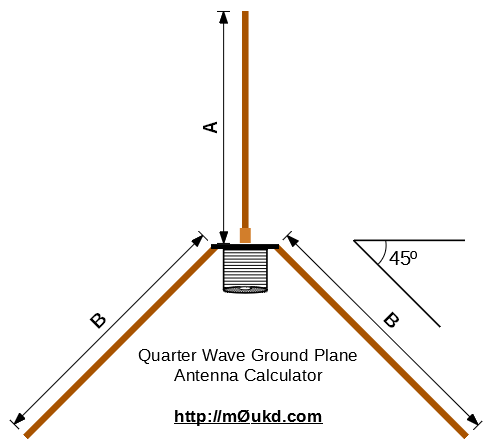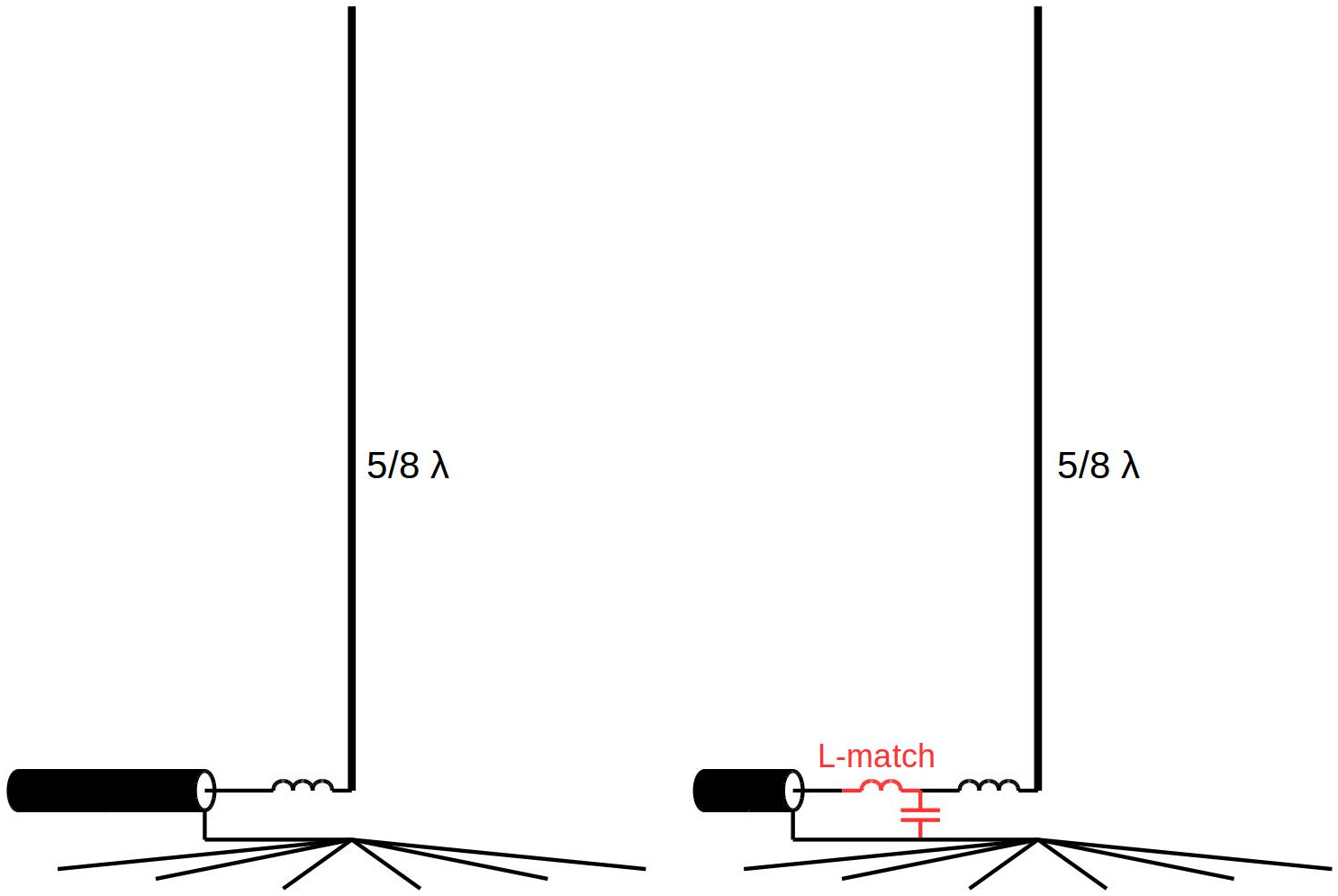Opt⚙City ® - Quality Crystal & Optical Components
Warning: Use the following calculators at your own risk. Since I've never seen two port calculators that would give the exact same port length for a given box volume and tuning frequency, the port calculations from this calculator will probably be slightly different than other calculators. This length is a 1/4 λ on 144 MHz and 3 x 1/4 λ on 432 MHz. Just as the above VNA plot shows. Using odd multiples on 3rd harmonic frequency does not change anything since we can look upon this length as a single Quarter Wave Line followed by a halfwave length - with does not change anything on the impedance - apart from the little loss it brings. Tapered Quarter-Wave Tube First described by Paul Voigt in 1930, TQWT/QWT uses like a transmission line design pipe lenght of 1/4 wavelenght of driver's resonance frequency. TQWT and QWT stands for (tappered) quarter wave tube and are also refered as Voight Pipes. Antenna Calculator Links → 173. AM Loop Antenna Calculator Below you will find plans to build a three or four foot box loop for the AM broadcast band: Cubical quad antenna calculator, Frank Crossv The gain of an an antenna with parasitic elements varies with the spacing and tuning of the elements: Design Your Own Dipoles And Inverted Vees. Full-wave loop fed with an impedance-matching transfromer made from a quarter-wave section of 75-ohm coaxial cable To use the calculator, enter the desired operating frequency in megahertz. Frequency in MHz: Length of full-wave loop: The calculated length is approximate.


♤Products > Waveplates >> Waveplate Selction Guide
A large selection of waveplates are available for applications in biomedical imaging, fiber optical communication, astronomy, semiconductor industry, aerospace and other polarization control devices. Quartz crystal, MgF2 crystal and other birefringent materials are offen used to make various type of UV, visible and IR waveplates.
Quarter waveplate & Half waveplate
Waveplates (optical retarders) are mostly used for modyfying the polarization state of light beam. A typical waveplate is simply a birefringent crystal with a carefully chosen orientation and thickness. Light polarized along 'fast axis' ( optical axis with smaller index ) and 'slow axis'( optical axis with smaller index ) travel at a different speed, creating a phase difference,
Phase Difference = 360° (ne - no) thickness / λThe most common types of waveplates are quarter-wave plates and half-wave plates. Quarter-wave plate can change linearly polarized light to circular (or elliptical) and vice versa. By using half-wave, you can continuously adjust the polarization angle of a linearly-polarized beam. Quarter-wave plate, half-wave plate as well as polarizers can be described using the Jones matrix formalism, which uses a vector to represent the polarization state of light and a matrix to represent the linear transformation of a quarter-waveplate, half-waveplate or polarizer.
Birefringence may vary slightly with wavelength, angle of incidence and temperature. Half-waveplates or quarter-waveplate are thus manufactured to work for a particular range of wavelengths, incidence angles and tempertures. The phase retardance sensitivity of half-waveplates or quarter-waveplate to temperature and angle of incidence depends on half-waveplates or quarter-waveplate's design.

Quartz Waveplate Calculator
*Notes for waveplate calculatorChose Right Type of waveplates
1. True zero-order waveplates are so thin that the optical phase delay between the two polarization directions is just 180 deg (1/2 wave) for a half-wave plate or 90 deg (1/4 wave) for a quarter-wave plate. While this is the ideal case, the thickness of true zero-order plates can be inconveniently small so that the fabrication becomes difficult and the handling delicate. The latter problem can be eliminated by cementing (or bonding) a zero-order plate to a thicker glass plate, which is not birefringent but provides mechanical stabilization. True zero-order waveplate can work in a wide angle of field and a broad wavelength range with low temperture sensitivity.

2. Multi-order waveplate and low-order waplate are made at odd multiples of the quarter-wave thickness, i.e., 5λ/4, 7λ/4, 9λ/4...or half-wave thickness 3λ/2, 5λ/2 rather than true zero order for reliabilityfor reliability. The net effect at the design wavelength is basically the same. However, the optical bandwidth in which the plate has roughly the correct relative phase change is limited. Also, the retardance has a higher temperature sensitivity. Low-order waveplates are relatively small order multiple-order waveplates, which keep the mentioned detrimental effects low.
3. Compound zero order waveplate (also called pseudo-zero-order waveplates or net zero order waveplates) are made of two multi-order waveplates with slightly different thicknesses, which are cemented or optically contacted, or air-spaced for high power laser application. The slow axis of one plate is aligned with the fast axis of the other plate, so that the birefringence of the two plates is nearly canceled. The difference in thickness are adjusted to obtain the required net quarter-wave or half-wave change. Such zero-order quarter-waveplates or half-waveplates can work in a broad wavelength range.
- Comparing Multi-order, Zero-order & True zero-order waveplate
4. Dual-wavelength waveplate have well-defined retardance values at some discrete very different wavelengths. Such features are sometimes required in the context of nonlinear frequency conversion, such as frequency tripling.
5. Achromatic waveplate: By combining materials with different chromatic dispersion (e.g. Quartz and MgF2), it is possible to make achromatic quarter-waveplates or half-waveplates which have a nearly constant retardance over a very wide spectral range (hundreds of nanometers). More advanced superachromates such as 300-1100nm and 340-2500nm with aperture of 100mm are designed for polarimeter modulator.
6. Variable Waveplate, such as Berek/Soleil-Babinet Compensator, Pockels Cell and Faraday rotator are retarders with variable (controlled) birefringence or thckness. Variable Waveplates can be used to tune a retarder to a specific wavelength of light, shift the retardation value for a single wavelength of light, or as a pure phase modulator for a linear polarized light beam. Pock Cell is
7. Related waveplate: Fresnel Rhomb Retarders and other types of prism retarders have the same basic function as waveplates, but exploit polarization-dependent phase changes during total internal reflection. This principle allows broadband (achromatic) operation.
Specifications of Waveplate
Parallelism < 1 arc second
Surface Quality: 20-10
Wavefront Distortion: < λ/8 @ 633 nm
Retardation Tolerance: < λ/300
Coating: AR-coated R<0.2%
Damage Threshold: >700 MW/cm² 1 ns 1064 nm
Holder: Optional threaded mount
Waveplates Order Information
Above waveplates are available from OptoCity in different sizes, wavelengths, AR coating and mount to suit various applications from satellite to telecom. Large in stock waveplates are offered at competitive price, please send us an email to request for quote.
Antenna Radial Calculator
i.
ii.
iii.
Quarter Wave Box Calculator Free
English 中文 PortuguêsDeutscheрусскийعربى Españolfrançais日本語
- WaveplatesTrue Zero Order WaveplateZero-Order WaveplateLow-Order WaveplateDual Wavelength WaveplateAchromatic WaveplateVariable WaveplateWaveplate for TelecomPolarization RotatorMore Waveplates
- CategoryLaser CrystalNLO CrystalOptic CrystalPolarizerWaveplateBeamsplitterWindowsMirrorsFiltersPrismsLensesMore Products